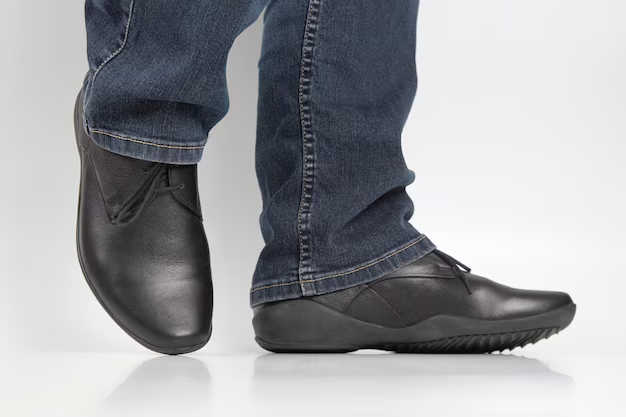Discover the Benefits of Diabetic Shoes: A Complete Guide
Navigating a diabetes diagnosis can be daunting, with its web of lifestyle changes and medical needs. Among the many adjustments, diabetic shoes are critical for maintaining foot health. Unsure how these specialized shoes make a difference? Read on to explore their benefits and learn about financial resources that can alleviate the costs.
What Makes Diabetic Shoes Special?
Diabetic shoes are more than just comfortable footwear. They’re designed to reduce the risk of foot problems that often accompany diabetes, such as ulcers, calluses, and infections. Here’s what sets them apart:
- Extra Depth: These shoes have extra depth to accommodate custom orthotics or inserts, providing a personalized fit.
- Seamless Construction: The inside surfaces are smooth, reducing irritation and skin breakdown.
- Supportive Structure: With a sturdy base and supportive heel, they help distribute pressure evenly across the foot.
- Adjustable Sizing: Features like Velcro straps allow for easy adjustments, essential for accommodating swelling.
For individuals living with diabetes, maintaining foot health is crucial, as minor foot issues can escalate quickly without proper care.
Who Should Consider Diabetic Shoes?
Not everyone with diabetes needs diabetic shoes. However, they are highly recommended for those with existing foot problems, poor circulation, or nerve damage (neuropathy). Regular check-ins with a healthcare provider can determine if diabetic shoes are necessary for you.
How to Obtain Diabetic Shoes
Obtaining diabetic shoes isn't as complex as it may seem. Here are steps to make the process straightforward:
- Consult Your Doctor: Start with a conversation with your healthcare provider. They can assess your need and write a prescription.
- Get a Foot Exam: A podiatrist will conduct a thorough exam, often required by insurance or Medicare before covering the shoes.
- Choose a Supplier: Work with trustworthy shoe suppliers specializing in diabetic footwear, ensuring quality and fit.
Financial Assistance for Diabetic Shoes
Though essential, diabetic shoes can be costly. Fortunately, there are several financial assistance options available to help ease the burden:
- Medicare: Often covers 80% of the cost of one pair of shoes and three inserts per year under Part B for diabetics meeting specific criteria.
- Private Insurance: Many private insurers provide coverage; check with your provider for exact details.
- Non-Profit Programs: Organizations may offer free or discounted shoes to those in financial need.
Now that you have the knowledge to make informed decisions about diabetic footwear, let’s divert our attention toward the potential financial benefits you can reap beyond healthcare.
Broader Financial Support Options 🌟
Enhancing your financial wellness can provide peace of mind as you manage your health:
- Government Aid Programs: Opportunities like Medicaid or local health department resources can provide additional support.
- Debt Relief Options: Consider consulting with professionals for strategies to manage or consolidate medical debt.
- Educational Grants: If you’re looking to transition careers or gain new skills, researching educational grants can open doors to further opportunities.
- Credit Card Solutions: Low-interest credit cards or those offering medical expense perks can help manage out-of-pocket costs effectively.
Taking proactive steps to secure your financial health will ensure you focus on what truly matters—your overall well-being. Remember, support is available, and exploring these resources can be a transformative journey alongside managing diabetes.
By understanding the importance of diabetic shoes and the financial resources at your disposal, you’re well-equipped to handle both the physical and economic aspects of diabetes management. The right support tools not only enhance your health but also free you to focus on living a balanced, fulfilling life.
